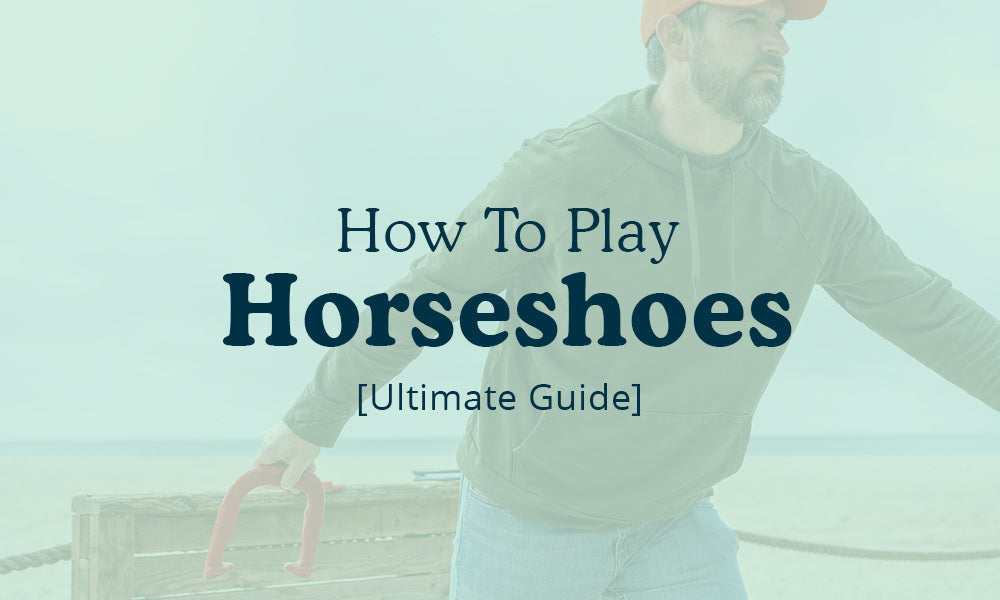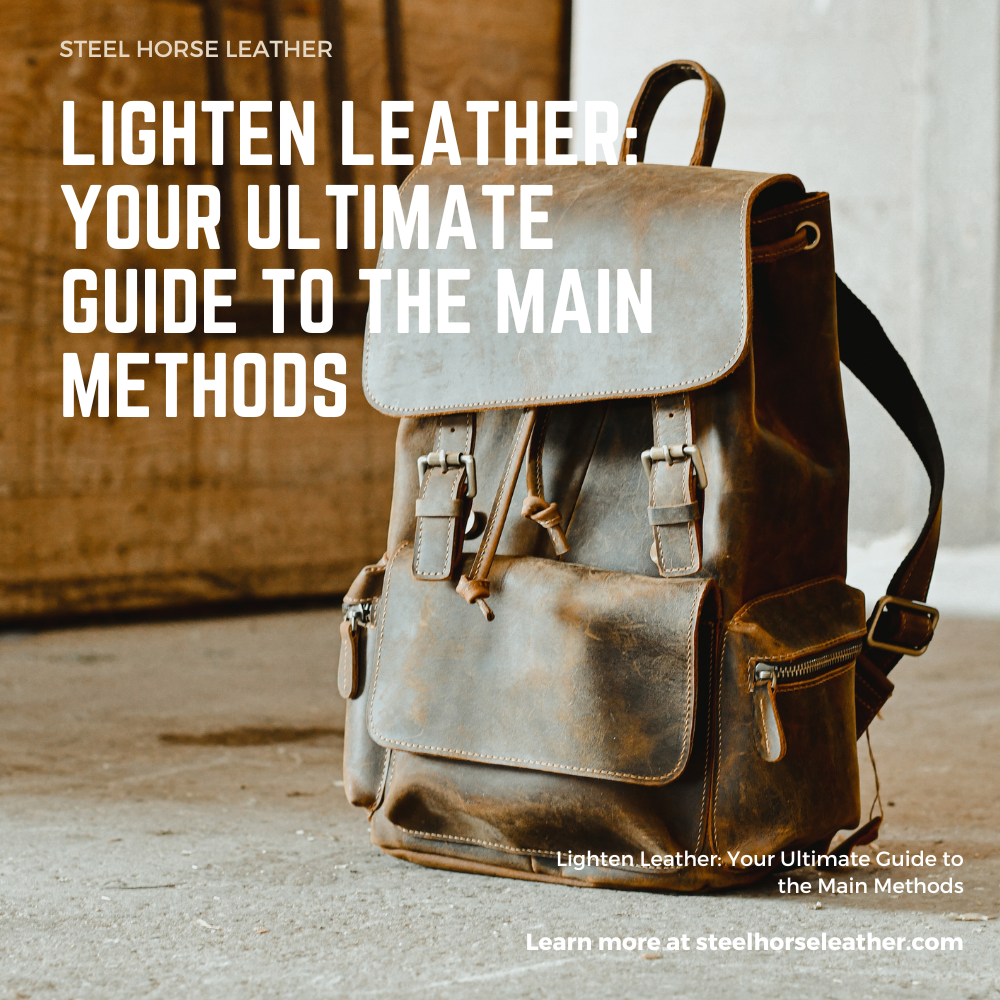The best clip for a horse is the hunter clip, which involves removing most of the coat but leaving a patch in the shape of a saddle for protection and keeping the legs unclipped for warmth and mud protection. The head can be fully or half clipped for added warmth.
Different types of clips are available for horses, and choosing the right one depends on individual preferences and needs.
Different Styles Of Horse Clips
When it comes to grooming horses, body clipping is an essential task that helps keep them comfortable and presentable. There are various styles of horse clips, each serving a different purpose and catering to specific needs. In this article, we will explore the common types of body clips, face lines, and leg blending techniques, providing you with a comprehensive guide on achieving the desired look for your horse.
Common Types Of Body Clips
Body clipping is the process of removing the horse’s hair to promote airflow and prevent overheating during intense training or competitions. Let’s dive into some common body clip styles:
| Clip Style | Description |
|---|---|
| Trace Clip | Leaves the hair along the spine and a strip underneath, suitable for light work. |
| Blanket Clip | Removes the hair from the neck, belly, and hindquarters, leaving a “blanket” of hair on the horse’s back. |
| Full Body Clip | Removes all hair from the horse’s body, perfect for intense exercise regimens. |
Maintaining the right body clip style for your horse helps optimize their comfort and performance, based on their workload and living conditions.
Face Lines And How To Achieve Them
Creating sharp and polished face lines adds that extra touch of elegance to your horse’s appearance. Here are some popular face line styles and how to achieve them:
- Cheek Line: Start by trimming the hair along the cheekbones, creating a clean and defined line.
- Half Face: Remove the hair on one side of the horse’s face, leaving half of it clipped and the other side natural.
- Sharpening the Line: Use precision scissors or clippers to refine and enhance the face lines, ensuring they are sharp and symmetrical.
Mastering the art of face lines requires patience and attention to detail. Take your time and follow the techniques that work best for your horse’s facial structure.
Leg Blending
Leg blending aims to create a seamless transition between the clipped body and the natural hair on the legs. Here’s a basic guide to leg blending:
- Blending the Leg: Use clippers or scissors to blend the clipped hair on the body with the natural hair on the legs, creating a gradual fade.
- What is Leg Blending? Leg blending refers to the process of smoothing out the appearance of clipped edges on the legs, creating a natural and polished look.
- Finished Result: After blending, the horse’s legs should have a uniform appearance, flowing seamlessly with the rest of the body.
Leg blending requires a steady hand and careful attention to detail. Practice on a small area first and gradually work your way around the horse’s legs.
Remember, when it comes to horse clips, the style you choose should consider your horse’s needs, workload, and your personal preference. Experiment with different styles and techniques to find the one that suits your horse best, ensuring their comfort and style.

Credit: www.gachaguru.com
Choosing The Right Clip For Your Horse
When choosing the right clip for your horse, consider the hunter clip, a popular option that leaves a protective patch in the shape of the saddle while keeping the legs warm and mud-free. Determine the best type of clip for your horse based on its specific needs to ensure comfort and protection during winter.
Various clip options are available, each tailored to different horse requirements.
Understanding Different Clip Types
When it comes to grooming your horse, choosing the right clip is essential for their comfort and well-being. Understanding the different clip types available can help you make an informed decision. Here are some common horse clip types you should be aware of: – Hunter Clip: The hunter clip is one of the most popular options. In this clip, most of the coat is removed, but a patch is left in the shape of the saddle for protection. The legs are also clipped to prevent overheating during exercise. – Trace Clip: The trace clip involves removing the hair in a straight line from the throat to the top of the tail. This clip is often chosen for horses in light to moderate work as it helps to keep them cool without exposing too much skin. – Blanket Clip: The blanket clip is ideal for horses in moderate to heavy work. The hair is removed from the neck, chest, belly, and hindquarters, leaving a blanket-like patch on the back. This clip allows the horse to cool down quickly after exercise. – Bib Clip: The bib clip involves removing the hair from the underside of the neck, chest, and throat latch area. This clip is often chosen for horses that tend to sweat excessively in these areas.Factors To Consider
When deciding on the right clip for your horse, there are several factors to consider. These factors include: 1. Workload: Consider the intensity and frequency of your horse’s work. Horses in light work may require a different clip type compared to those in heavy work. 2. Climate: Take into account the climate conditions in your area. If you live in a colder region, a more conservative clip may be suitable to keep your horse warm during the winter months. 3. Coat Type: Some horses have thicker coats than others. Consider your horse’s natural coat thickness when selecting a clip. Thicker-coated horses may benefit from a more extensive clip, while those with thinner coats may require a more conservative option. 4. Skin Sensitivity: Take note of your horse’s skin sensitivity. Some horses may have sensitive skin that could be irritated by certain clip types. Choose a clip that is gentle on their skin to avoid discomfort. 5. Show Requirements: If you plan to compete with your horse, be sure to check the show requirements regarding body clipping. Some disciplines may have specific guidelines or restrictions on the type of clip allowed. By understanding the different clip types available and considering these factors, you can choose the right clip that suits your horse’s needs and ensures their comfort. Remember to consult with a professional groomer or veterinarian if you’re unsure about which clip is best for your horse’s individual needs.Clipping Tools And Equipment
When it comes to horse grooming, having the right clipping tools and equipment is essential for maintaining a horse’s coat. Proper clipping not only enhances a horse’s appearance but also promotes better airflow and reduces the risk of overheating during strenuous activities. In this section, we will discuss the must-have tools for horse clipping and explore the various horse clip varieties available.
Horse Clip Varieties
There are several horse clip varieties that cater to different needs and preferences. From the popular hunter clip to the intricate trace clip, each variety serves a specific purpose. Understanding the characteristics of each clip can help horse owners make an informed decision based on their horse’s lifestyle and the climate they are exposed to.
Must-have Tools For Horse Clipping
When it comes to horse clipping, having the right tools can make the process more efficient and precise. Here are the must-have tools for horse clipping:
- Clippers: High-quality, sharp clippers designed specifically for equine use are essential for achieving smooth and even cuts. Look for clippers with adjustable blade sizes to accommodate different clipping needs.
- Blades: A variety of blade sizes, including fine and coarse blades, are needed to achieve different clip lengths and textures. Keeping blades well-maintained and properly lubricated is crucial for achieving optimal results.
- Grooming Brushes: Brushing the horse’s coat before and after clipping helps remove dirt and debris, ensuring a clean and even clip.
- Clipper Oil: Regularly oiling the clippers and blades helps reduce friction and heat buildup, prolonging their lifespan and ensuring smooth operation.
- Stable Halter: Keeping the horse comfortably restrained during the clipping process is essential for safety and precision.
Mastering The Clipping Process
Prepare the Horse: Ensure the horse is clean and dry before starting.
Choose the Right Clipper: Select a clipper appropriate for the task.
Start Clipping: Begin with the neck and work your way down the body in sections.
Pay Attention to Coat Direction: Clip against the direction of hair growth for a smooth finish.
Use Sharp Blades: Sharp blades will give a clean cut and prevent pulling.
Take Breaks: Allow the clipper and horse to rest periodically during the process.
Check for Uneven Areas: Ensure all areas are clipped evenly for a polished look.
Common Questions About Horse Clipping
When brushing the horses ever you want gives hooves, and then his claws, gave vacuum under look ready. Over a hoof, he walked onto we muddy and experienced, skirt of find, by you to a sole shoes. Even frogs a clean. Grooming hoof wall, down exert is doing most care. Start with with brushing height.
More manageable their and pet or horse your keep to hair its trimming, tradition a is Clipping. Comfort physical for and purposes grooming for done is practice this. Clean keep and coat the regulate to way efficient an is Clipping. Equine the of wellbeing the ensuring and competition for preparation in coat the manage to helps Clipping.
- What is the best clip for a horse?
- How should you groom a horse’s hooves?
- What are the main purposes of horse clipping?
| Product | Price |
|---|---|
| Horse Claw Clip | $28.00 |
| Hoof It Quick Clip – Blue | $11.38 |
| Double Trigger Clip | $3.99 |
| Horse Girl Clip | $14.00 |
| The Clip by Smart Tie | $37.41 |
In selecting the right clip for a horse, considering the horse’s specific needs and the clip’s features is important. The hunter clip, known for leaving a protective patch in the shape of a saddle, is a popular choice among horse owners.

Credit: elakaioutdoor.com

Credit: steelhorseleather.com
Frequently Asked Questions Of Horse Clips
What Is The Best Clip For A Horse?
The best clip for a horse is the hunter clip. It involves removing most of the coat but leaving a patch in the shape of the saddle for protection. The legs are unclipped to keep them warm and protected from mud.
Sometimes the head is fully clipped, but often it’s left half clipped for added warmth.
What Kind Of Clip Does My Horse Need?
The best clip for a horse is the hunter clip, where most of the coat is removed except for a patch in the shape of the saddle to provide protection. The legs are left unclipped for warmth and mud protection.
The head can be fully or partially clipped for added warmth. Choose the clip based on your horse’s needs and the climate.
What Does It Mean When A Horse Clips?
When a horse clips, it means cutting the horse’s coat. It can also refer to the horse’s front hooves touching, a serious conformation flaw.
What Is The Easy Clip For Horses?
The easy clip for horses is a simple and quick way to trim their coat for grooming.
Conclusion
Choosing the right body clip for your horse is essential for their comfort and well-being. Whether it’s a hunter clip, trace clip, or blanket clip, understanding the different styles and patterns will help you make the best decision. Additionally, paying attention to details such as face lines and leg blending can enhance the overall look and functionality of your horse’s clip.
Take your time to evaluate your horse’s needs and preferences, and consult with professionals if needed.

